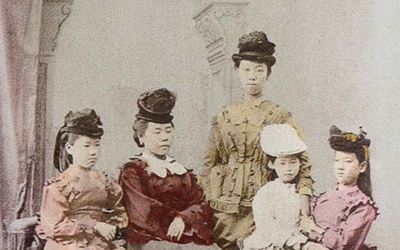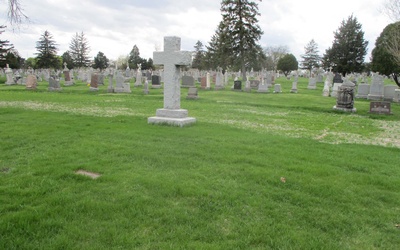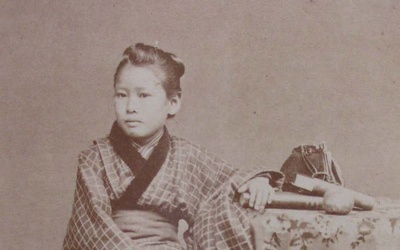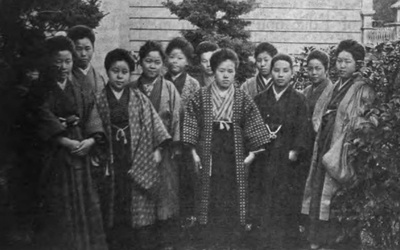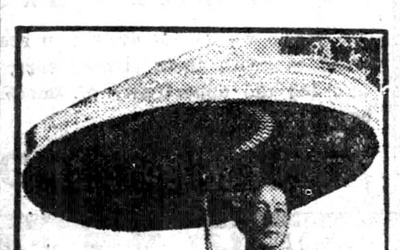Japanese in Chicago before the war
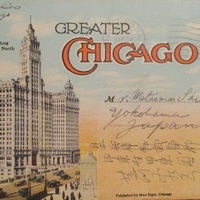
Until now, the history of Japanese immigration has been told mainly from Hawaii and the West Coast. This is probably because there was a large Japanese population there and many stories were born in Japantowns. There was no Japantown in Chicago before the war. According to the census, the Japanese population peaked in 1930, but there were only 524 people, about one-fifth of the Chinese population of 2,757. The population of Chicago in 1930 was about 3.38 million. Of that number, it is only natural that the 500 or so people would be considered insignificant.
However, this was not the case. Though they were few in number, the Japanese had a presence. A presence of "just one person." It could be said that this presence was comparable to the pioneering spirit of Americans who carved out unexplored land with their own hands. The Japanese in Chicago before the war broke with their own hands the common stereotypes that persist to this day about Japanese people, such as the image that they act in groups and that they are "faceless," and lived vibrant lives in Chicago. This series introduces the unique Japanese who faced American society in Chicago as "just one person."
Stories from this series
Umeko and Fudeko's Chicago
Feb. 7, 2024 • Takako Day
It is no exaggeration to say that every Japanese person knows about Umeko Tsuda, the Japanese women's educator and founder of Tsuda University. Umeko came to Chicago twice. Umeko first set foot in Chicago in February 1872, when the Iwakura Mission, a group of more than 100 people, arrived in Chicago. The mission included five girls, and Umeko was one of them, the youngest at eight years old. The local newspapers barely mentioned the girls. Before they arrived in Chicago, …
Tomb of the Unknown Soldier
Aug. 29, 2023 • Takako Day
The establishment of the Japanese cemetery in Chicago was the result of the efforts of the Japanese Mutual Aid Association, which was established in January 1935. The Mutual Aid Association was originally established with the objective of collecting 50-cent membership fees from over a hundred members, and to provide medical and hospital care when members became ill, as well as funeral and death procedures when members died. At the same time, from the time of its establishment, the Association also …
Chicago Women Missionaries and Japanese Women - Part 2
Feb. 14, 2023 • Takako Day
Read Part 1 >> Hishikawa Yasu came to Chicago in 1886, guided by Presbyterian Sarah Cummings. After graduating from the English Speaking School for Japanese Young Ladies (later known as Yokohama Kyoritsu Gakuen), which had been opened in Yokohama in 1871 by the Women's United Overseas Mission Board, Yasu received her medical training while helping Sarah in Kanazawa. In Chicago, she entered Chicago Woman's Medical College, Sarah's alma mater, and graduated in 1889. Specializing in gynecology and pediatrics, Yasu did …
Chicago Women Missionaries and Japanese Women - Part 1
Feb. 13, 2023 • Takako Day
As I continue to uncover the Japanese who came to Chicago before the war, what attracts me the most and inspires me is, without a doubt, the spirit and talent of the Meiji women. Their energy brings to light the wonder of life, colored by encounters, and the richness and beauty of history. A distinctive feature of the Japanese population in Chicago before the war was the large number of Christians. Shimazu Misaki, who carried out missionary work among the …
Chicago Missionaries and the Japanese - Michitaro Ongawa
Sept. 14, 2022 • Takako Day
Harry Kitano writes in his book Generations and Identity: The Japanese American that "the early Christian missionaries in Japan were unsuccessful in their mission work, and the Japanese immigrants who came to America were a good target for them to evangelize." However, Kitano's analysis does not really apply to the Japanese in Chicago. It seems as if he is saying that it was the success of mission work in Japan that led Japanese people to Chicago. One such person is …

